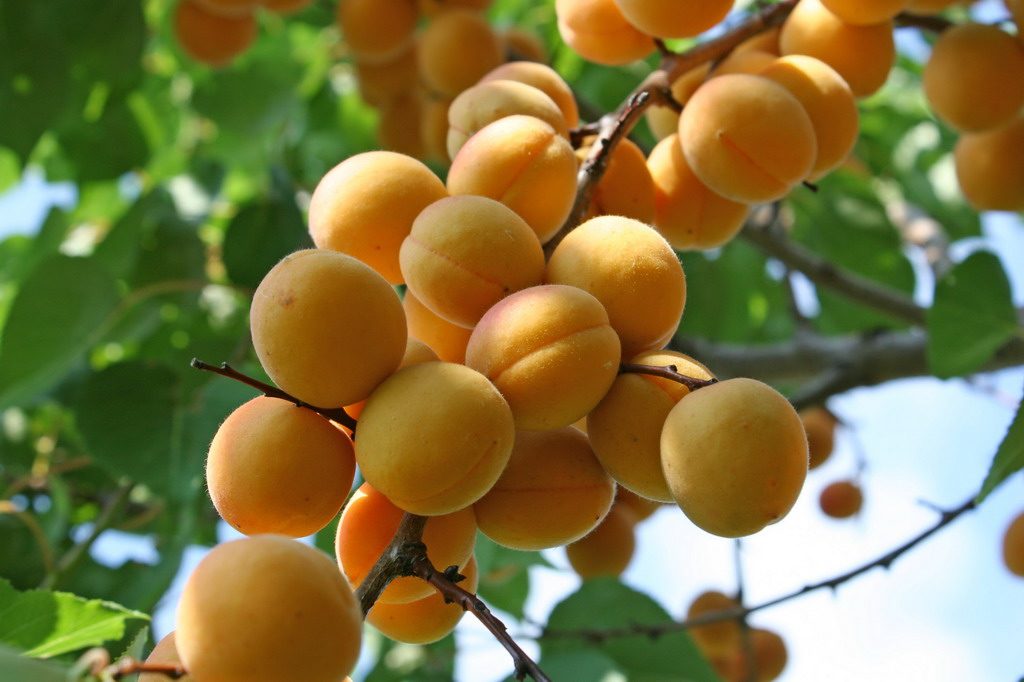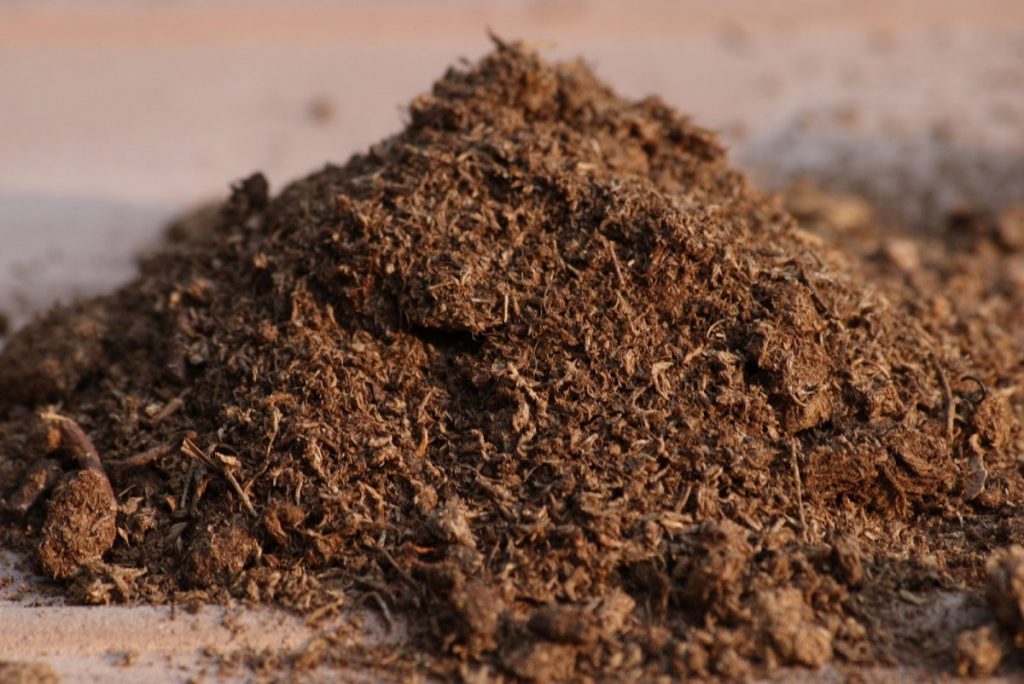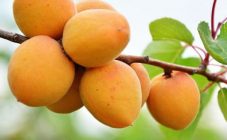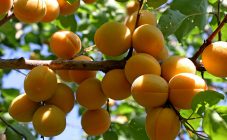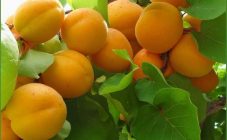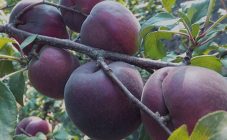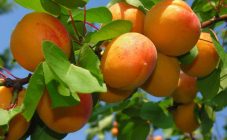Content:
Apricot Rattle is a fruit crop developed in Russia specifically for regions with a temperate climate. The variety begins to bear fruit at the end of July, so it is classified as medium late. If the weather in the season turned out to be cold, the ripening of the crop may take until August-September.
The name "Rattle" was given to the apricot for the rumble of the stone during the period when the fruit is fully ripe. Very tasty compotes and jams come out of the fruits. They are simply pleasant to use fresh.
Apricot Rattle: variety description
The height of an apricot tree can reach 4 m. The crown is thin, slightly rounded, which makes the tree look very neat. Each branch is at a certain distance from the other. If the plant is young, then the branches tend to stretch upward. Fruit trees begin to lean towards the ground. Frosts in spring are not terrible for Rattle, because its buds and flowers do a wonderful job with them. The flowering of the tree is always very abundant and elegant.
Large fruits should be expected from the rattle apricot, the average weight of which is about 50 g. At the very top, some of the apricots can easily pick up to 60–80 g each. To the characteristics of the fruits, one can also add the fact that their shape is oval, but slightly flattened on the sides. The skin does not have a blush and is completely monochromatic; as it ripens, its color varies from yellowish green to yellowish orange.
The flesh itself is completely orange and very juicy. The taste is sweet. When fully ripe, a small bone separates itself from the pulp.
An unambiguous advantage of the variety is good transportability of fruits and the possibility of long storage.
Growing and caring for apricot Rattle
The varietal features of Rattle are such that almost any soil is suitable for him. But the development is noted noticeably stronger when planted in loose soil, which is rich in nutrients.
When choosing the best place to plant a variety, you should pay attention to the access of sunlight to the plant. And since the Rattle variety is difficult to tolerate excess moisture, groundwater should not be allowed to come close to its roots.
Apricot seedlings are planted in autumn or spring. And they worry about the holes in advance. The pits are harvested at least 2-3 weeks before planting. They are dug out 0.6 × 0.8 m in size, and fertilizers are required. Only after the earth subsides, a seedling is placed in the pit. You need to fill it up so that the root collar rises 5-7 cm above the ground. At the end of planting, the tree is tied up and watered.
Further care of the apricot consists in protection from pests and diseases, tree formation, regular watering and feeding.
The Rattle is formed gradually, as it grows every year, active shoots at the top are cut off. If there are dried branches, then they are also cut off. Apricot hardiness is good. But, nevertheless, it is better to insulate young seedlings for the winter. As for dressings, it is better to start applying mineral fertilizers in early spring, and in the summer period you need potassium-phosphorus substances. And already with the onset of late autumn, they are fertilized with organic matter (compost or manure is suitable).
Advantages and disadvantages of the variety
The varietal advantages of Rattle are as follows:
- the variety can self-pollinate;
- fruiting is always at the highest level;
- fruits are very sweet and tasty;
- grown trees have remarkable winter hardiness;
- fruits are stored for a long time, and there are no problems with transportation.
There are no drawbacks to this variety as such, but if the year turned out to be especially fruitful, then the tree may not cope with the load and shed some of the fruits. This can be easily avoided if the number of flowers is normalized at the flowering stage.
In all other respects, Apricot Rattle has only good performance and unequivocal recognition among gardeners.
